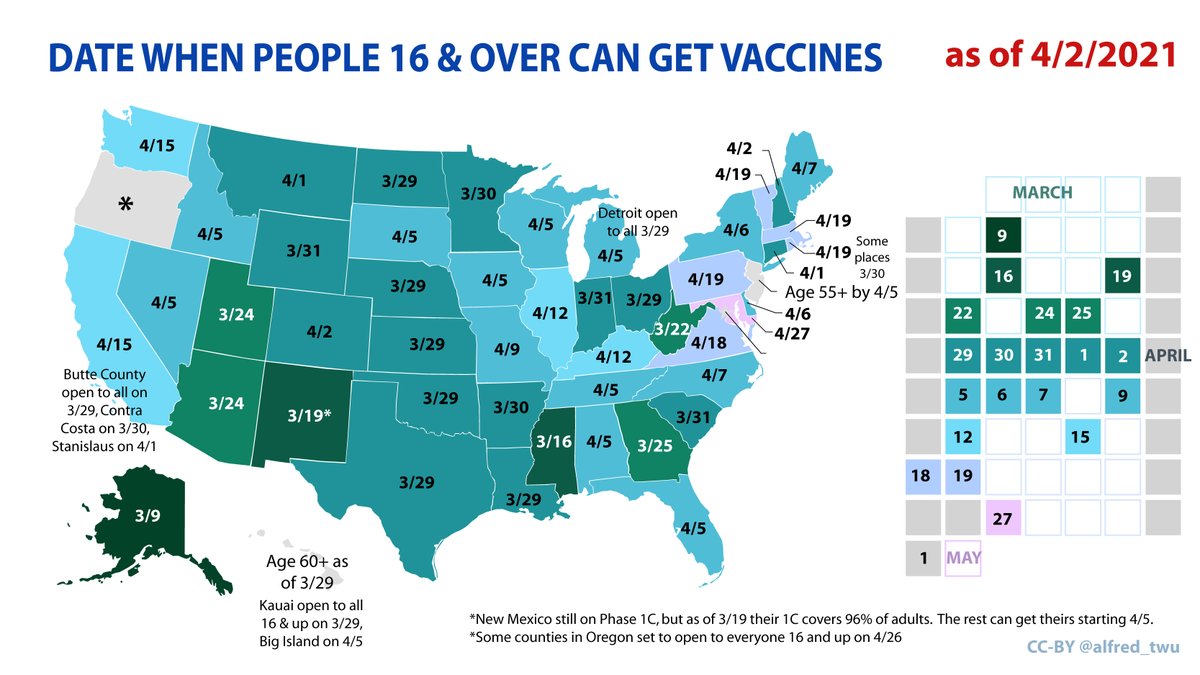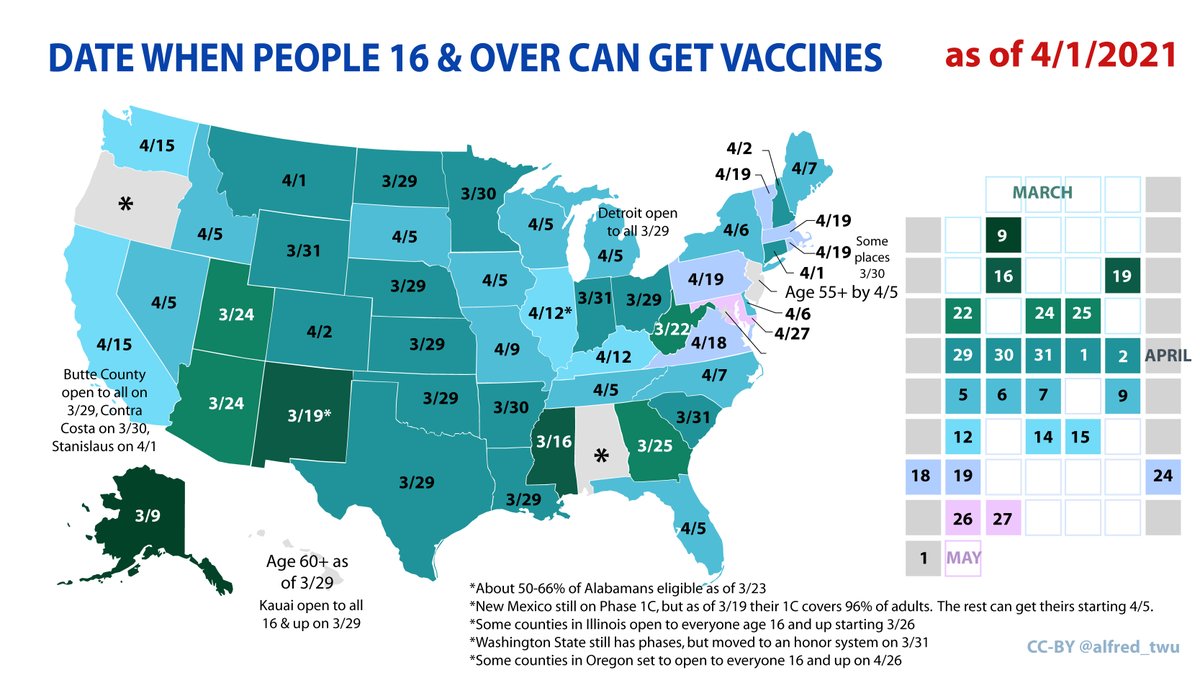
It’s time to go all in on growth. We got to build lots of wind & solar, etc. When we get to 100% clean energy, will we shut down what will then be the country’s largest industry, or will we keep building and grow incomes & the economy 7.5% a year to 4 times its current size? 1/ 

Renewable energy is different from fossil fuels in that most of the work is done up front. While a constant sized fossil fuel workforce equals constant (or shrinking) energy production, a constant sized renewable workforce equals continuous energy growth. 2/ 

Installation of new wind & solar has been growing exponentially. To replace oil/coal/gas fast enough, it needs to be. When that’s done, we’re not going to lay off millions of people mid-career - we’re going to keep going. 🚀🌕 3/
During the age of fossil fuels, environmentalism often meant slowing down growth. The switch to clean energy requires the opposite attitude. When it comes to rolling out solar, wind, efficiency, electrification, etc, the faster the better! 4/ 

There’s a need to not just go green, but also grow the economy. Redistribution isn’t enough. Splitting the whole US GDP evenly gives each person $65,000 a year. That’s not enough income to buy a home in most places, or even rent a one-bedroom in some places. 5/
High housing costs aren’t just caused by zoning - even if the land is free, an apartment costs over $500,000 to build in many cities. Even two people with $130,000 combined is going to have a hard time affording that. We need to up the incomes. 6/ 

The US should aim for a 7.5% annual growth rate to raise incomes 4X in the next 20 years. It’s how we roll out the green economy fast enough, and get *everyone* comfortable homes, enough to raise a family, and take time off for vacation or retirement. 7/ 

Imagine a country where the lowest minimum wage is $29. For those in overcrowded housing, imagine 4 times the living space. And for those happy with current income, imagine being able to earn it with a shorter workweek and more vacation. 8/
Quadrupling the economy in 20 years requires 7.5% annual growth. That’s over 3X the current rate, but the US exceeded it during the New Deal & WW2. Developing countries often exceed 7.5% when retooling their economy - and retooling our economy is what we’re about to do. 9/
Just like low income countries can grow fast by following tested paths to catching up, most of the US can grow fast by catching up with superstar cities - or even wealthier parts of their own region - where current incomes are 4 times higher. 10/
We’re going to need federal stimulus to ramp up from 2% to 7.5% growth. Don’t worry about inflation - in the age of Renewable Energy, limited oil isn’t going to squeeze prices. Where is the next ceiling? Let’s find it and be legends. (Chart Not to Scale) 11/ 

With surplus energy, other limits to growth, such as water or materials, can be worked around through recycling, transportation, etc. 12/
Whether you believe in fully automated luxury gay space communism, are YIMBY to everything, or just think that the USA is the greatest country on earth, there’s no reason we need to accept stagnation as the normal. Let’s go! 13/ 

same thread in article format: alfredtwu.medium.com/fourplex-ameri…
• • •
Missing some Tweet in this thread? You can try to
force a refresh












